Understanding VMS and Their Importance
VMS (Variable Message Signs) play a crucial role in modern traffic systems, providing real-time information to drivers and influencing their route choices. VMS are electronic signs used to convey information about traffic conditions, road closures, accidents, weather conditions, and other important messages to motorists. These signs are strategically placed along highways and major roads to ensure that drivers have access to timely and relevant information.
What is VMS?
The Basics of Variable Message Signs
VMS are dynamic displays that can change messages quickly and easily. They can convey a wide range of information using text, graphics, symbols, and more. This flexibility allows transportation authorities to communicate urgent messages effectively.
The Role of VMS in Modern Traffic Systems
Research has shown that the location of VMS significantly influences route choice and traffic safety. According to a study published in the Hindawi Journal of Distributed and Parallel Systems in 2014, placing VMS between 150 m and 200 m upstream of diverging points balances traffic safety and operation. Additionally, the format of the message displayed on VMS plays a critical role in its effectiveness. Graphic information displayed on VMS has been found to be more effective than text-only formats.
Why VMS Matters
Improving Road Safety
The implementation of LED VMS has led to a significant reduction in accident rates and improved driver response times on road segments where these signs are installed. This is supported by statistical data analysis from case studies showing a substantial decrease in congestion-related incidents after LED VMS implementation.
Enhancing Traffic Flow
VMS also contribute to enhancing traffic flow by providing real-time updates on road conditions. A study published in MDPI Sustainability in 2022 revealed that flashing messages on VMS can increase their effectiveness depending on environmental and traffic conditions.
By understanding the basics of VMS and recognizing their importance in improving road safety and enhancing traffic flow, communities can make informed decisions about implementing these smart traffic solutions.
The Advantages of Full Matrix Signs
Variable Message Signs (VMS) come in various types, each offering unique advantages. Among these, Full Matrix Signs stand out for their exceptional flexibility and durability, making them an ideal choice for efficient signage management.
Flexibility in Message Display
Text, Graphics, and Symbols
Full Matrix VMS signs offer unparalleled flexibility in displaying messages. They can convey information using text, graphics, symbols, and more. This versatility allows transportation authorities to communicate a wide range of messages effectively. Whether it’s alerting drivers about road closures, accidents, or hazardous weather conditions, Full Matrix Signs provide the means to convey crucial information clearly and promptly.
Adapting to Various Traffic Situations
The integration of LED technology in Full Matrix VMS has significantly enhanced their functionality and adaptability to dynamic traffic conditions. These signs can swiftly change messages to address evolving traffic situations such as congestion relief, route guidance during roadwork projects, or providing real-time updates on traffic incidents. Their ability to adapt to diverse traffic scenarios makes them a valuable asset in managing traffic flow efficiently.
Durability and Visibility
Withstanding Highway Environments
Full Matrix VMS signs are designed to withstand the demanding conditions of highway environments. Their robust construction ensures that they remain operational even in challenging weather conditions or high-traffic areas. This durability makes them suitable for strategic roads and highways where reliable communication with motorists is essential for ensuring safety and smooth traffic flow.
Ensuring Clear Communication
The entire display area of Full Matrix VMS signs contains pixels with the same horizontal pitch and the same vertical pitch without fixed lines, providing a high level of visibility and legibility. This clear communication is vital for ensuring that motorists can quickly grasp the displayed messages without any ambiguity or confusion. Whether it’s conveying urgent alerts or providing directional information, the clarity offered by Full Matrix Signs enhances overall road safety and efficiency.
How Full Matrix VMS Enhances Traffic Management
Full Matrix Signs play a pivotal role in enhancing traffic management by providing real-time updates and supporting large roadwork and public events. These advanced signage solutions offer unparalleled flexibility, durability, and visibility, making them an indispensable tool for efficient traffic management.
Real-time Traffic Updates
Managing Congestion Effectively
The National Highway Traffic Safety Administration (NHTSA) conducted a case study comparing the effectiveness of LED VMS to traditional static signs. The study revealed a significant reduction in accident rates and improved driver response times after the implementation of LED VMS. This evidence underscores the crucial role of Full Matrix Signs in managing congestion effectively by conveying timely information to drivers, allowing them to make informed decisions and navigate congested areas with greater ease.
Responding to Emergencies
In the event of emergencies such as accidents or adverse weather conditions, Full Matrix VMS can swiftly display critical messages to alert motorists and guide them away from potential hazards. The Chilean Highway Experiment analyzed the impact of incorporating intermittent light stimulation to messages on drivers’ behavior. The experiment found that flashing messages may increase the effectiveness of VMS depending on environmental and traffic conditions, highlighting their significance in responding to emergencies by effectively capturing drivers’ attention and influencing their behavior.
Supporting Large Roadwork and Public Events
Coordinating Efforts for Smooth Operations
The impact of VMS on traffic efficiency and safety has been extensively studied, revealing valuable insights into driving behaviors concerning VMS positioning and information format. This knowledge is helpful for traffic engineers when selecting VMS installation locations and designing information delivery formats for large roadwork projects or public events. By strategically coordinating efforts through clear messaging on Full Matrix Signs, authorities can ensure smooth operations during roadwork projects or public events while minimizing disruptions to traffic flow.
Keeping the Public Informed and Safe
During large roadwork projects or public events, keeping the public well-informed is essential for ensuring safety and minimizing inconvenience. Full Matrix Signs enable transportation authorities to convey detailed information about alternate routes, lane closures, event schedules, and safety instructions effectively. By leveraging these advanced signage solutions, communities can prioritize public safety while efficiently managing traffic flow around roadwork sites or event venues.
By harnessing the capabilities of Full Matrix Signs for real-time traffic updates and supporting large roadwork projects or public events, communities can significantly enhance their overall traffic management strategies.
Implementing Full Matrix VMS in Your Community
As communities seek to enhance their traffic management strategies, implementing Full Matrix Signs can bring about significant improvements in communication, safety, and overall traffic flow. However, successful implementation requires careful planning and consideration to ensure that the chosen solutions align with the community’s specific needs and goals.
Planning and Considerations
Assessing Needs and Goals
Before embarking on the implementation of Full Matrix Signs, it is essential for communities to conduct a thorough assessment of their unique traffic management challenges and objectives. This involves evaluating current traffic patterns, identifying congestion hotspots, and understanding the specific information that needs to be communicated to motorists. By gaining a comprehensive understanding of these factors, communities can tailor their approach to effectively address existing issues while preparing for future developments in traffic management.
Engaging with Technology Providers
Engaging with reputable technology providers is crucial for selecting the most suitable VMS solutions for the community’s requirements. Communities should seek out providers with a proven track record in delivering reliable and innovative traffic management solutions. Collaborating with these providers allows communities to explore various options available in the market, understand the capabilities of Full Matrix Signs, and receive expert guidance on integrating these advanced signage solutions into their existing traffic management infrastructure.
Success Stories
Case Studies of Effective Implementation
Numerous success stories highlight the positive impact of implementing Full Matrix Signs in diverse communities around the world. For instance, a city experiencing chronic congestion effectively addressed this issue by strategically deploying Full Matrix VMS signs at key junctions and highway entry points. The real-time updates provided by these signs allowed drivers to make informed decisions about alternative routes, resulting in a noticeable reduction in congestion-related incidents.
In another case study, a suburban area prone to sudden weather changes successfully implemented Full Matrix VMS signs to alert motorists about hazardous road conditions during adverse weather events. This proactive approach significantly improved driver safety and reduced accident rates during challenging weather conditions.
Lessons Learned and Best Practices
Lessons learned from successful implementations emphasize the importance of clear communication between transportation authorities and technology providers throughout the planning and deployment phases. It is crucial for communities to establish open channels of communication with technology providers to ensure that Full Matrix Signs are configured optimally for local traffic conditions.
Furthermore, best practices include conducting regular evaluations of sign performance, gathering feedback from motorists regarding message clarity and effectiveness, and continuously updating message content based on evolving traffic patterns. These practices contribute to ongoing improvements in traffic management efficiency while ensuring that Full Matrix Signs continue to meet the community’s evolving needs.
Conclusion
The Future of Traffic Management
As we look ahead to the future of traffic management, it becomes increasingly evident that embracing smart traffic solutions is crucial for addressing the evolving challenges of urban mobility. Variable Message Signs (VMS) have proven to be instrumental in delivering real-time traffic information, optimizing route choices, and enhancing overall transportation efficiency.
Logical Reasoning:
- Statistical data and expert opinions support the notion that VMS contribute significantly to improved traffic flow and safety on roadways. These signs have enhanced functionality, visibility, and adaptability to dynamic traffic conditions.
- Market insights and technology advancements indicate that VMS play a vital role in improving road safety and reducing congestion. They provide real-time traffic information to drivers, ultimately improving route choice and relieving traffic congestion.
- Driving simulation experiments have concluded that VMS contribute to improved traffic flow by providing real-time traffic information to drivers. Furthermore, they help improve route choice and relieve congestion.
By leveraging smart traffic management systems, which encompass real-time traffic monitoring, adaptive signal control, data-driven decision-making, intelligent traffic routing, and predictive analysis, communities can reshape urban mobility. These systems are at the forefront of revolutionizing how cities manage their transportation networks.
Encouraging Community Involvement and Feedback
Community involvement is paramount in shaping the future of traffic management. Engaging with local residents, businesses, and commuters allows for a more comprehensive understanding of specific transportation needs and challenges within a community. By actively seeking feedback from stakeholders, transportation authorities can tailor their strategies to address these unique requirements effectively.
Encouraging community involvement also fosters a sense of ownership among residents regarding the development of smart traffic solutions. This collaborative approach promotes transparency and inclusivity in decision-making processes related to urban mobility.
In conclusion, as we move towards an era where smart technologies are reshaping urban infrastructure, embracing innovative solutions such as Full Matrix VMS becomes imperative for creating safer, more efficient transportation networks. By encouraging community involvement and feedback while harnessing the capabilities of smart traffic management systems, cities can pave the way for a future where urban mobility is seamlessly integrated with cutting-edge technology.
This marks an exciting transition towards a more connected and sustainable future for transportation infrastructure across communities worldwide.



















